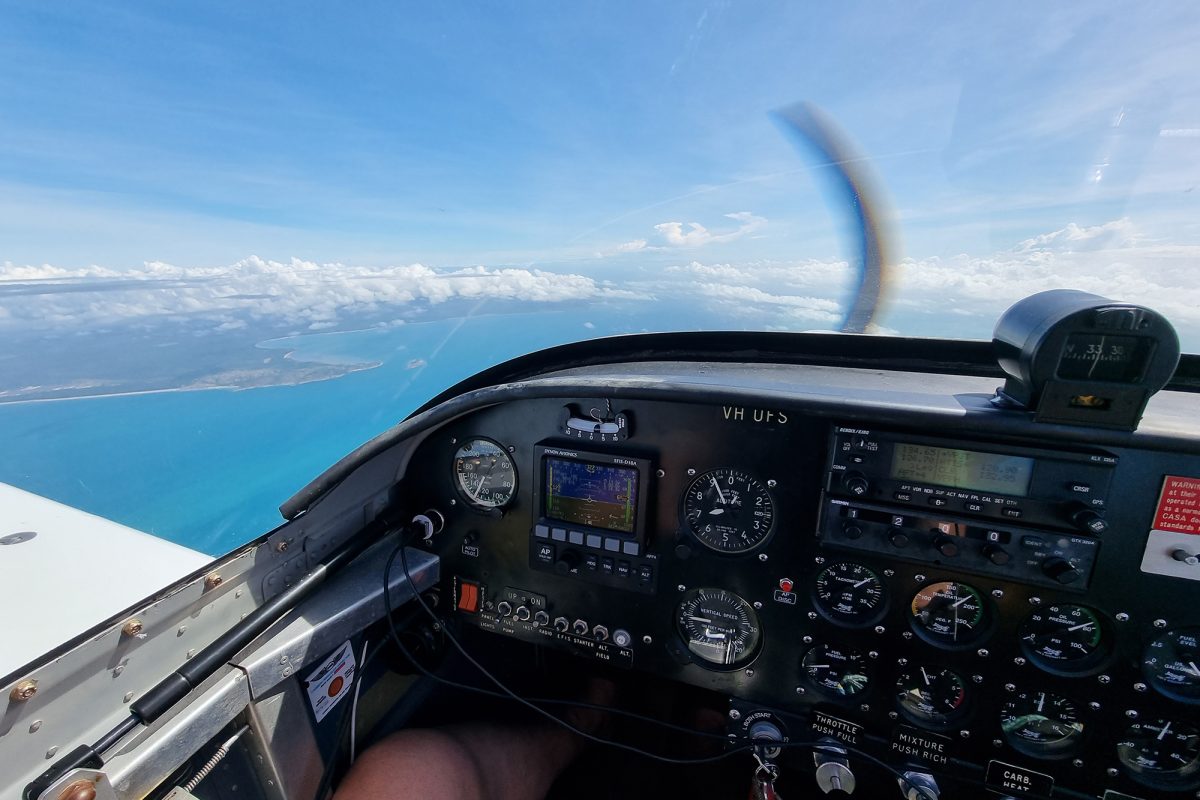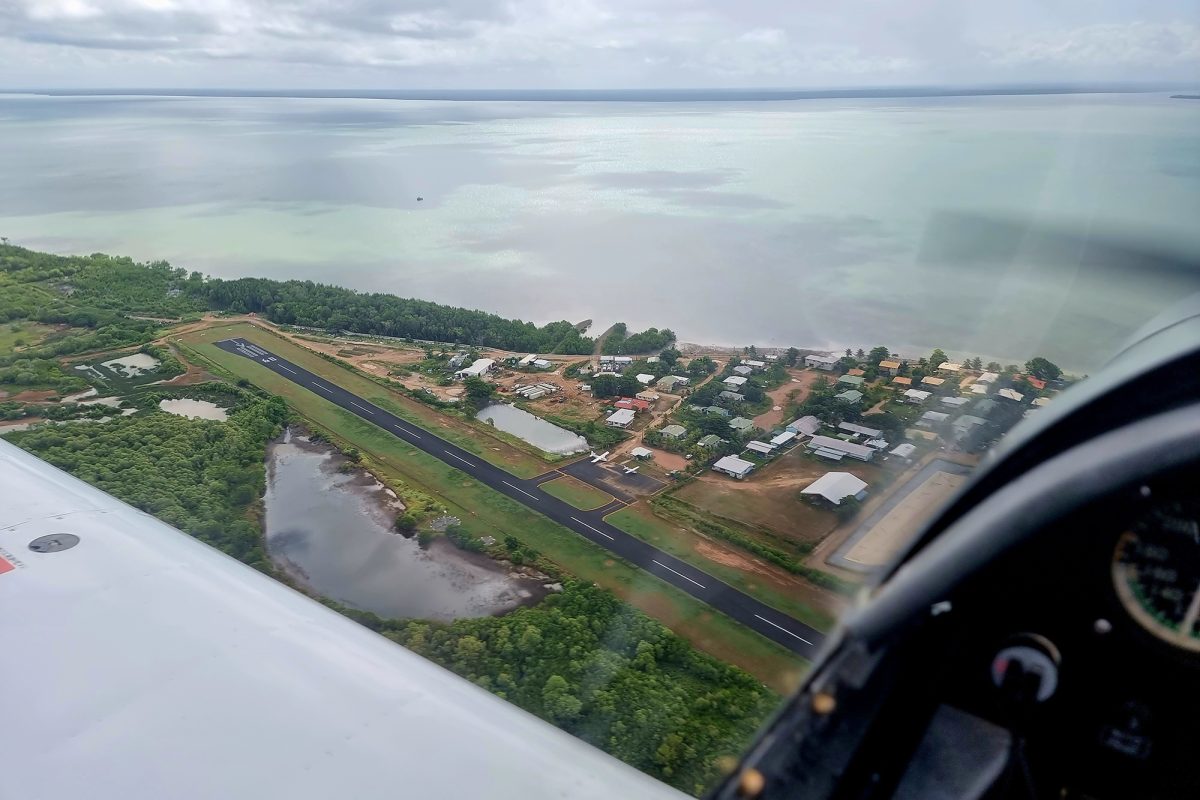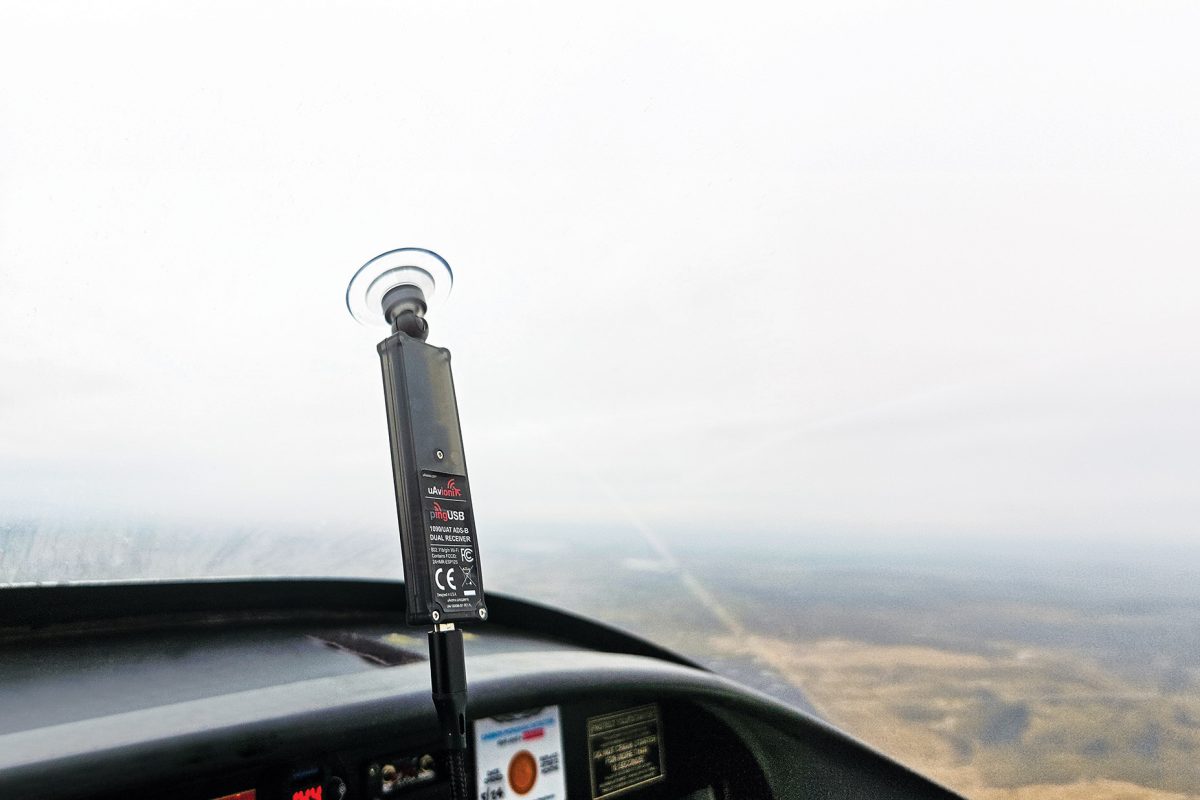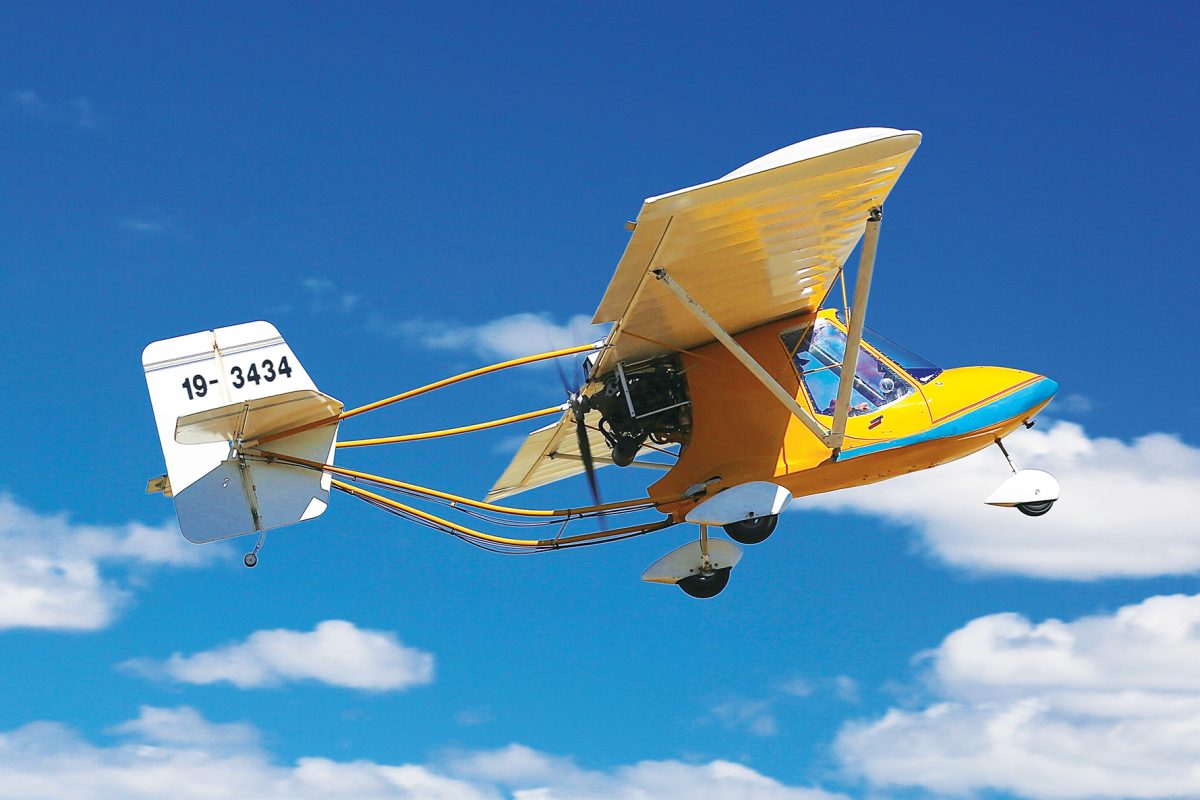JAN ‘24 – JUN ‘24 SAFETY DATA
- 2 Fatal Accidents
- 4 Aircraft Destroyed
- 40 Aircraft Damaged
- 9 Injuries
- 32 Flight Training Occurrences
- 67 Private Operation Occurrences
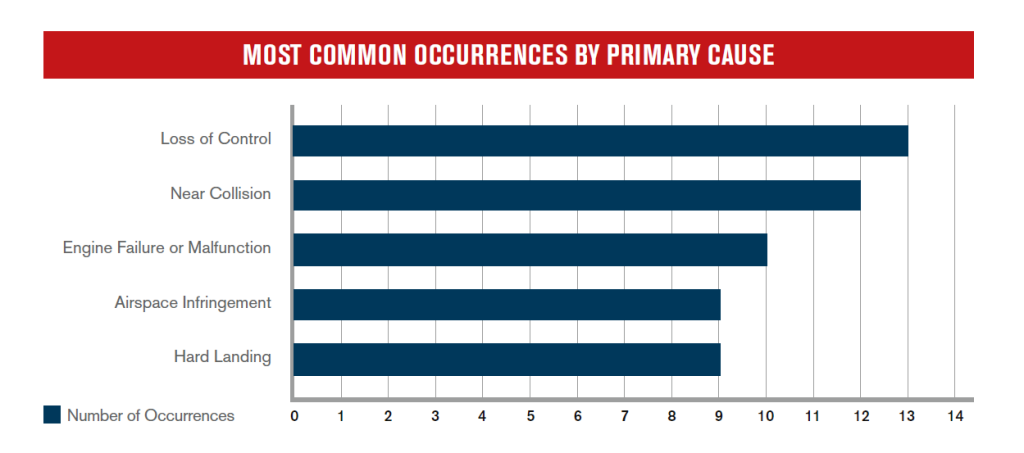
LOSS OF CONTROL
Loss of control events remain the leading cause of aircraft damage and injury in RAAus operations. Over the past 6 months, RAAus received reports of 13 such incidents, with 10 occurring during the landing phase. Two aircraft were destroyed, and five others were significantly damaged. Pilots are encouraged to review RAAus’ loss of control video series at www.raaus.com.au/loc
NEAR COLLISION OCCURRENCES
Aircraft near-misses and separation incidents continue to be among the most frequently reported occurrences to RAAus. All pilots should regularly review safety guidelines to avoid potential mid-air collisions, especially when operating around noncontrolled aerodromes.
In addition to near-miss reports, RAAus has noted several instances of pilots flying against established circuit patterns or attempting to use closed runways. To enhance safety, pilots should:
- Review the ERSA to confirm aerodrome procedures before flying to unfamiliar locations.
- Check NOTAMs or contact the aerodrome operator for any restrictions, such as runway closures.
- Avoid using runways that conflict with active traffic patterns.
Many reported near-misses stem from non-standard circuit procedures and conflicting runway use. Adhering to proper protocols is crucial for maintaining a safe flying environment for all.
ENGINE FAILURE & MALFUNCTION – ICING
Carburettor icing is a significant risk in the types of aircraft we fly. Icing is capable of causing engine failure by obstructing the fuel-air mixture. This can occur in various weather conditions and temperatures, requiring pilots to remain alert and proactive. If not promptly addressed with carb heat, carburettor icing can result in reduced engine power, rough running, or complete engine failure, severely compromising flight safety. To mitigate this hazard, consider the use of Carburettor icing probability chart (see QR code below) as part of your pre-flight planning, and in-flight, maintain an awareness of the conditions where carburettor icing commonly occurs, such as during prolonged descents at low power and when near visible moisture.
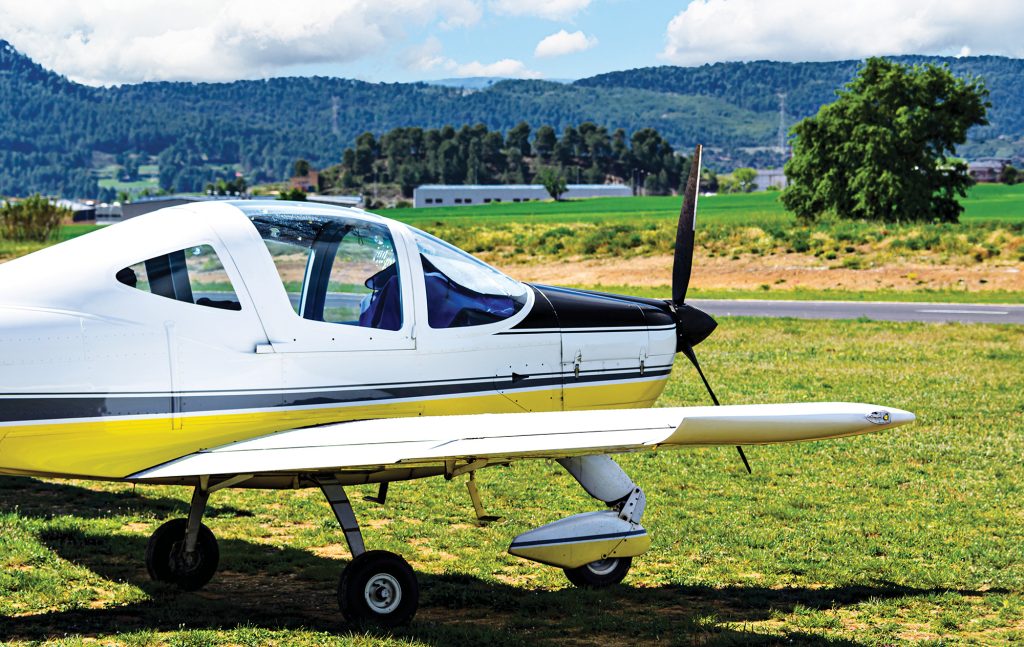
COMPLIANCE
RAAus would like to remind all pilots, aircraft owners, and maintainers to regularly review their compliance requirements prior to operating or maintaining an aircraft.
The following non-compliances are commonly identified within RAAus operations:
Member Non-Compliances
- Conduct of flight by pilot without a current BFR
- Operation of an aircraft without holding the appropriate certificate, rating, or endorsements
- Operation of an unregistered aircraft
- Flight conducted without holding current RAAus membership
- Maintenance of an aircraft without holding a current maintenance authority
Maintenance Non-Compliances
- Failure to complete biannual instrument and transponder calibration requirements
- Failure to comply with mandatory service bulletin requirements
- Unapproved modifications carried out on aircraft
All members are reminded to check their certification details from their RAAus member portal to confirm they hold all approvals, ratings, and endorsements required prior to operating or maintaining an RAAus aircraft. Alternatively, a copy of your membership certificate can be downloaded from the member portal, or by contacting the RAAus office.
OCCURRENCE SUMMARIES
Occurrence Classification: Carburettor Icing
Operation type: Flight Training — Dual
Injuries: Nil
Damage: Nil
An instructor and student were conducting dual flight training which included various upper air work elements and Practice Forced Landing (PFL). The student conducted the PFL and when the instructor was satisfied that they would make the field instructed the student to conduct a go around. However, when power was applied, the propeller abruptly stopped. Taking control, the instructor attempted an engine restart but was unsuccessful. An emergency landing was executed in the field without injury or damage to the aircraft (other than a good wash).
The likely cause of the engine failure was carburettor icing, which is something that can occur in temperatures of up to 38° Celsius. This incident underscores the importance of awareness and preparedness for carb icing. Ensuring proper use of carb heat and maintaining vigilance can mitigate this risk, highlighting a crucial aspect of flight safety.
Occurrence Classification: Hard Landing
Operation type: Private
Injuries: Nil
Damage: Substantial
During a long-distance, multi-leg cross-country flight, a pilot faced several challenges and difficult decisions. Weather delays not only postponed the departure but necessitated changes to the flight plan. As the pilot approached the destination, landing conditions were complicated by the setting sun and decreasing daylight.
Fatigue became a factor, along with a desire to complete the journey. In this situation, the pilot decided not to perform a go-around or use the runway most aligned with the wind.
As a result the aircraft sustained a hard landing, resulting in significant damage, including a collapsed nosewheel and a propeller strike.

